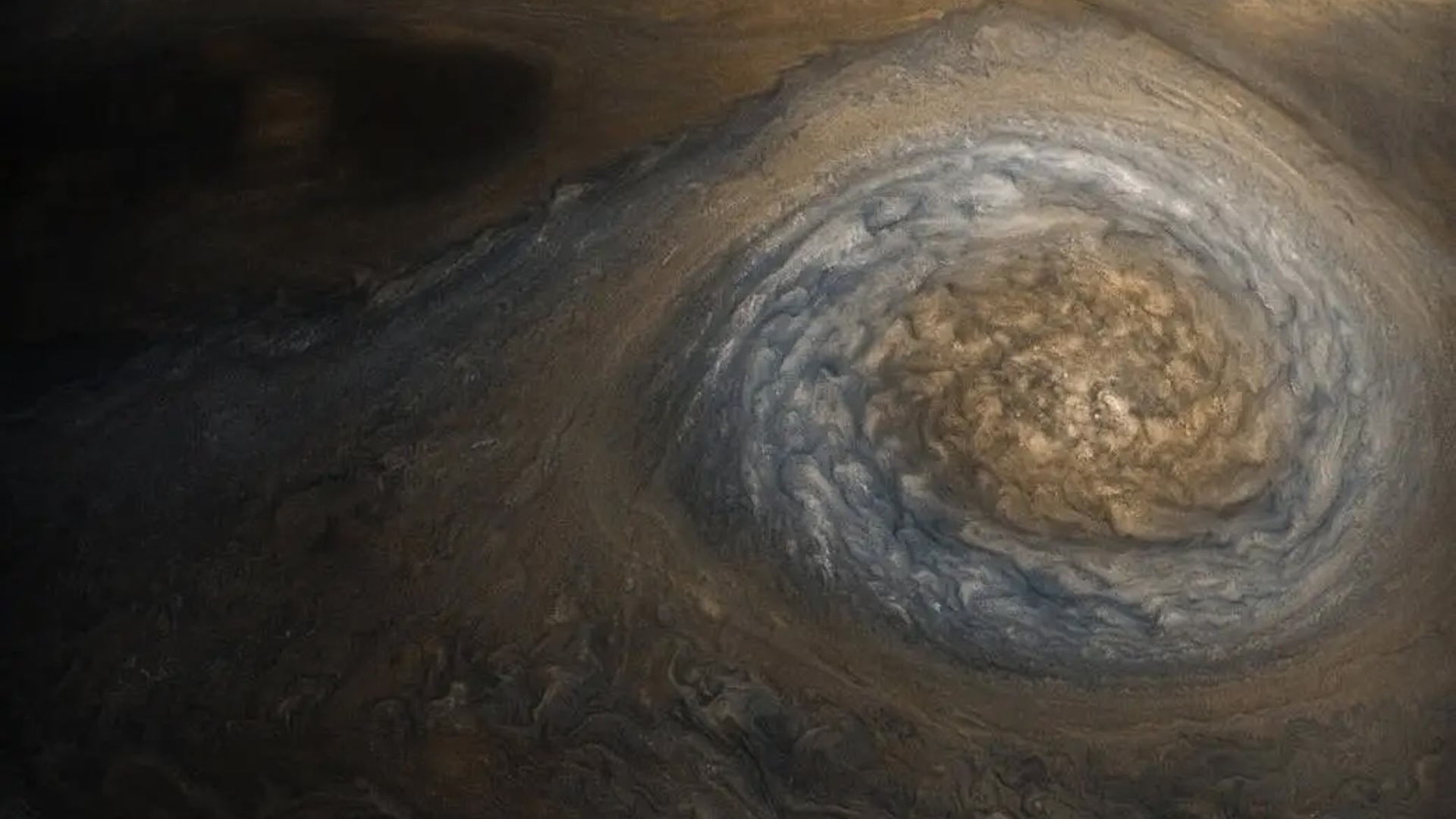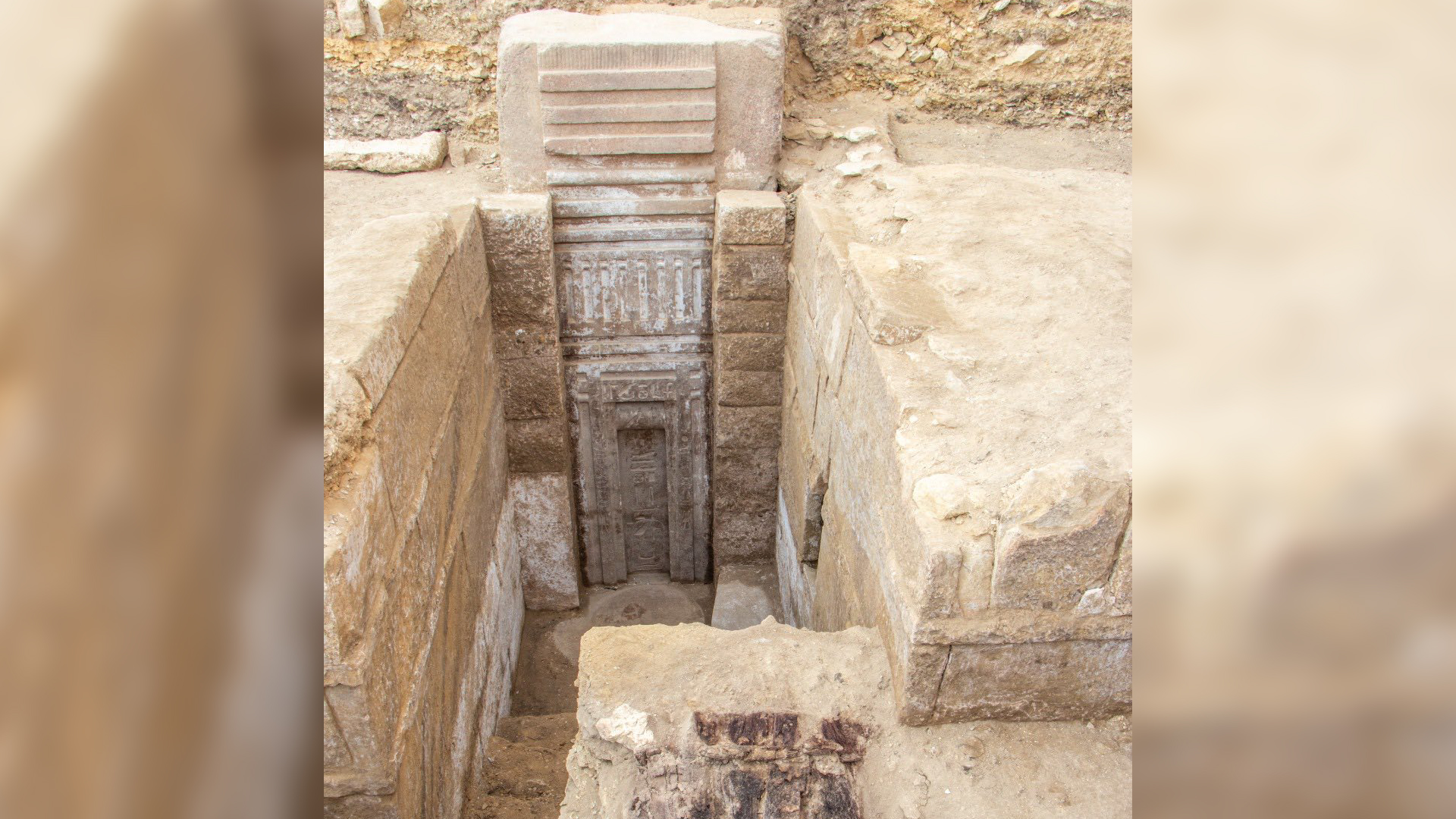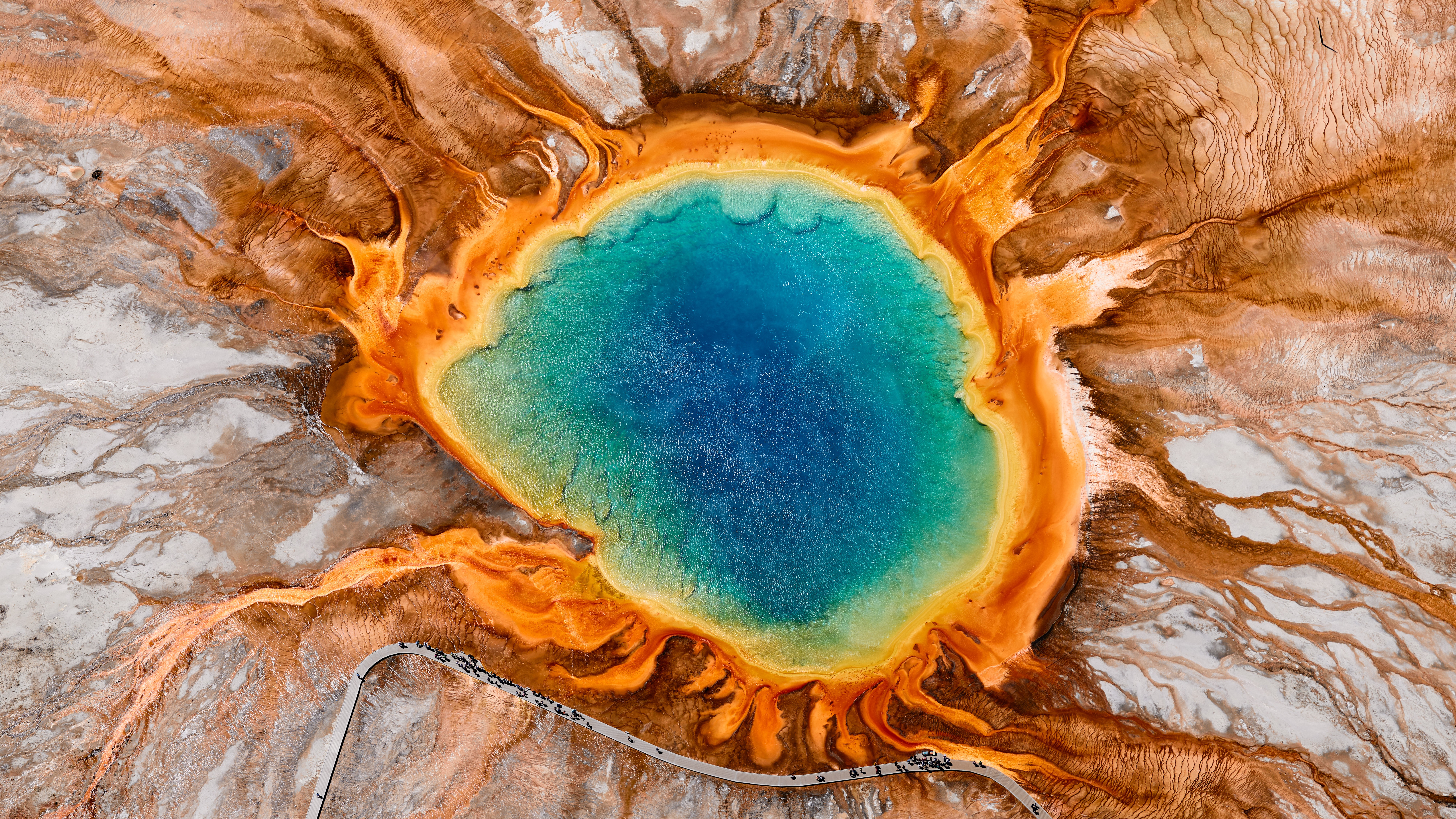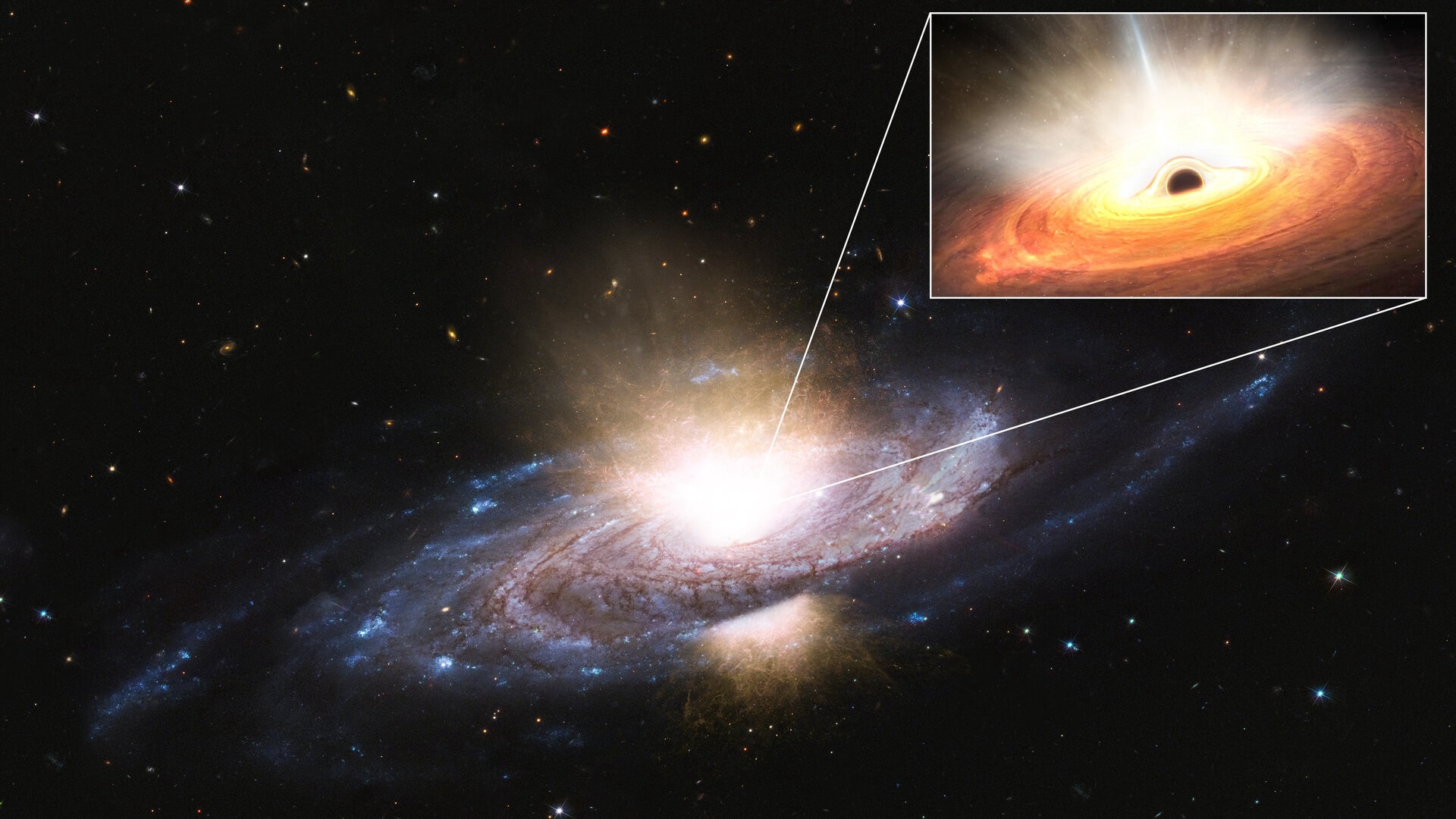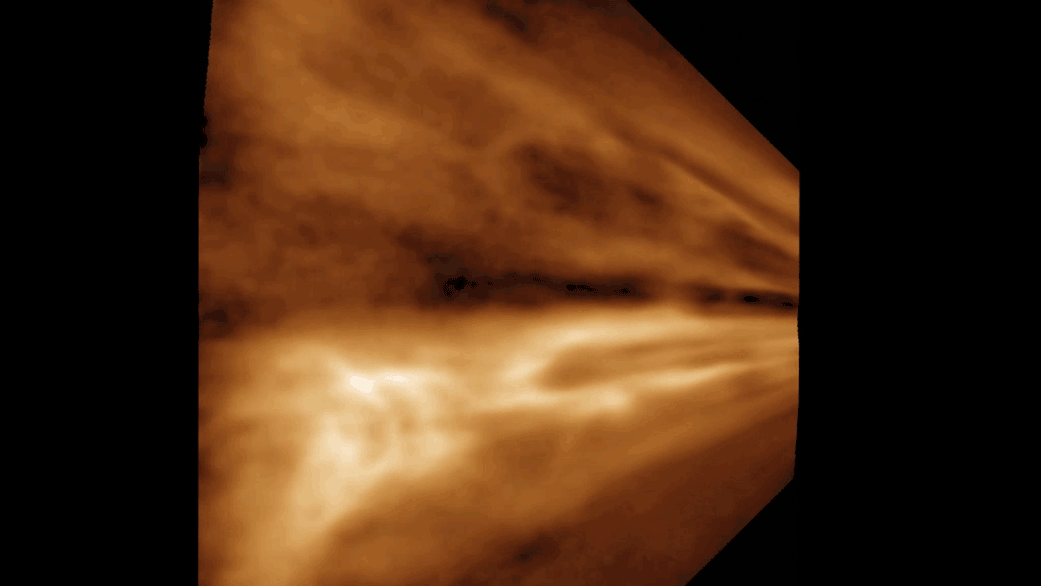Mini ice age was final death blow to Roman Empire, unusual rocks in Iceland suggest
Rocks from Greenland found on Iceland's west coast could link the late Roman Empire's fall to a spell of sudden climate change. But historians say that the real story is likely much more complicated.
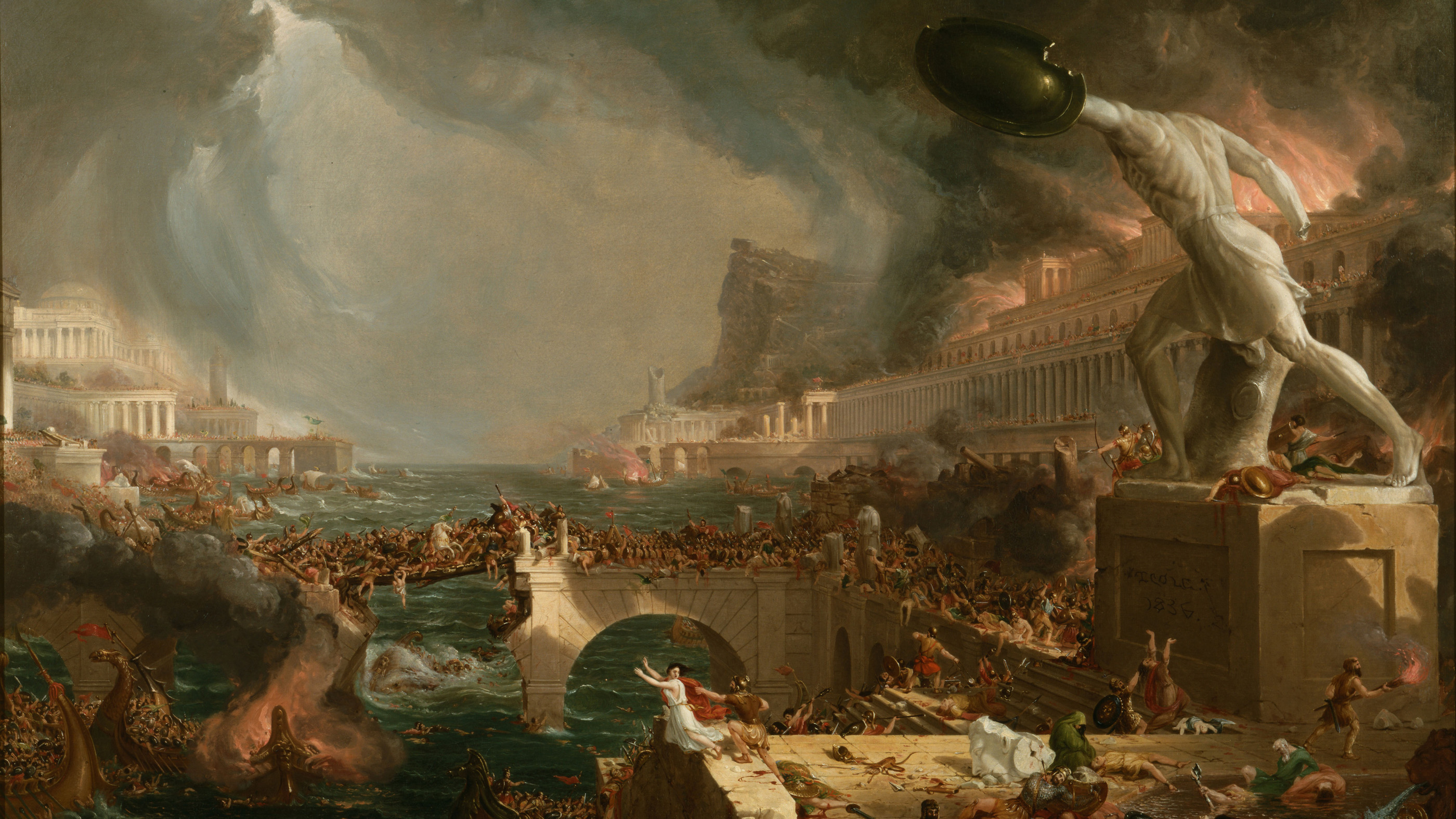
A sixth-century "mini" ice age may have been "the straw that broke the camel's back" that led to the final disintegration of the Western Roman Empire, a new study claims.
Between A.D. 536 and 547, three separate volcanic eruptions generated enough ash to block out the sun for between 200 and 300 years, cooling the Earth's surface by several degrees. Now, newfound evidence of this mini ice age has been found in Iceland.
By studying rocks carried by icebergs from Greenland all the way to Iceland's west coast, a team of researchers has uncovered what they believe is more evidence for the severity of this mini ice age. Their findings, published April 8 in the journal Geology, point to the prolonged cooling being a key factor in the eventual decline of the Western Roman Empire — although not all historians agree.
The exact date for the Western Roman Empire's fall is up for debate, with some saying it happened in A.D. 410 with the Sack of Rome by the Visigoths, and others putting it at A.D. 476, with the abdication of Roman emperor Romulus Augustulus. But the cooler climate brought on by the mini ice age could have further strained the unstable region in the aftermath of its fall, fueling the mass migrations that happened at the time, the study's authors said.
"The significant environmental and climatic shifts could have influenced migrations, particularly in areas vulnerable to crop failures and famines," study lead author Christopher Spencer, an associate professor of tectonochemistry at Queen's University in Kingston, Ontario, told Live Science. "The combination of these stressors could have exacerbated the social pressures already present during this period, contributing to the empire's eventual disintegration."
Related: Why did Rome fall?
Economic crisis, government corruption, pandemic, civil war, invasion — the causes behind the Roman Empire's fall are complex, intertwined and innumerable enough to cause a major headache. In fact, in 1984 the German historian Alexander Demandt compiled a tongue-in-cheek list of 210 reasons behind the empire's decline.
Sign up for the Live Science daily newsletter now
Get the world’s most fascinating discoveries delivered straight to your inbox.
Yet the intractability of the debate hasn't stopped scholars and scientists from coming up with new suggestions. In 2016, a paper published in Nature Geoscience used data gathered from tree rings to suggest a shift in climate as a key factor in Rome's demise, namely a "Late Antique Little Ice Age" caused by volcanic activity.
The theory is ostensibly supported by historical records. Byzantine historian Procopius of Caesarea reported a sunless sky occurring as "a portent of great terror" in the year 536, preceded by complaints of unusual cold and crop failures such that "neither war nor plague nor anything bringing death was lacking among men."
This climate shift was felt around the world, having been linked to historical events that include the collapse of China's Northern Wei dynasty; the decline of Teotihuacan in Mexico; and the Eastern Roman Empire's Plague of Justinian.
Icelandic rocks
The new study's connection to those tumultuous years began tangentially, after the scientists behind it used satellite images to discover that a raised beach terrace on Iceland's west coast was unusually white in color compared to its basalt black neighbors.
The team explored the beach on foot and found a number of unusual granite rocks on a layer of the beach dated between A.D. 500 and 700. After crushing a sample of the rocks and subjecting the zircon crystals found within to chemical analysis, the researchers pinpointed the rocks' origins to Greenland, roughly 177 miles (285 kilometers) away at its shortest distance.
"The movement of rock fragments from Greenland to Iceland is primarily due to ice-rafting, a process in which icebergs, laden with debris from glaciers, are carried across the ocean by currents," Spencer said.
If large numbers of Greenland icebergs were drifting to Iceland when this layer of the beach was formed, the scientists suggest it could add to evidence of a Late Antique Little Ice Age, and particularly one that was severe enough to have had an impact on the dwindling Western Roman Empire.
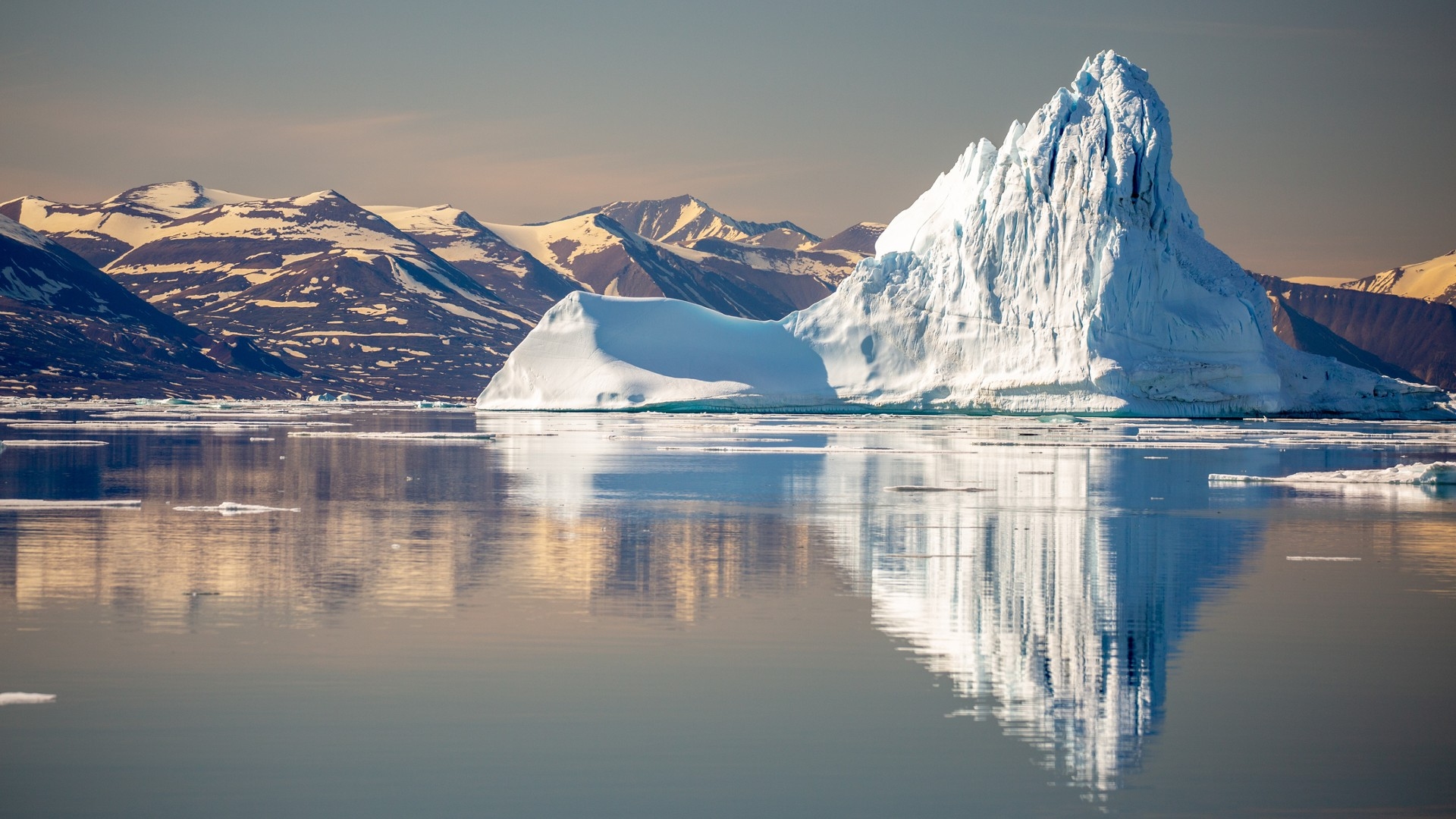
"As the glaciers in Greenland expanded during the Late Antique Little Ice Age, large quantities of debris were entrained in the ice," Spencer said. "Icebergs calved off the Greenland Ice Sheet and were transported by the East Greenland and East Iceland currents, ultimately depositing these rock fragments on Iceland’s coast when the icebergs melted."
However, the researchers emphasized that this mini ice age occurred when the Western Roman Empire was already in decay. The event postdates much of the empire's fall — the last Western Roman Emperor, Romulus Augustulus, was deposed 60 years before the cold spell, and Rome was sacked by Goths and Vandals and its army defeated at Adrianople many years before this.
That said, it's possible that the mini ice age stopped Rome from recovering, as it had before, said Shane Bobrycki, an assistant professor of history at the University of Iowa.
"Rome had faced near-existential crises in the third century, and came back from it in the fourth," Bobrycki told Live Science. "So you could say that the decisive role of the Late Antique Little Ice Age (and maybe plague) was in detoothing Justinian's comeback."
Bobrycki said that while he suspects a changing climate played "a major role" in shaping shifts between the Roman and early medieval periods in Western Europe, the causal relationship is far from clear. And migration then — much like today — "is always multifactorial" and split between complex push and pull factors.
Even so, understanding the mini ice age's effects on the Western Roman Empire may shed some light on how anthropogenic climate change will affect our globalized world, "making it crucial to understand how these events unfolded in the past," Spencer said.
"The impact of climate change, really a huge complex of phenomena, operating on a scale that the human mind struggles to comprehend, is likely to be both large and unpredictable," Bobrycki said. "I think the story of the Late Antique Little Ice Age warns us not to underestimate the ability of climate change to reshape history."

Ben Turner is a U.K. based staff writer at Live Science. He covers physics and astronomy, among other topics like tech and climate change. He graduated from University College London with a degree in particle physics before training as a journalist. When he's not writing, Ben enjoys reading literature, playing the guitar and embarrassing himself with chess.
You must confirm your public display name before commenting
Please logout and then login again, you will then be prompted to enter your display name.

